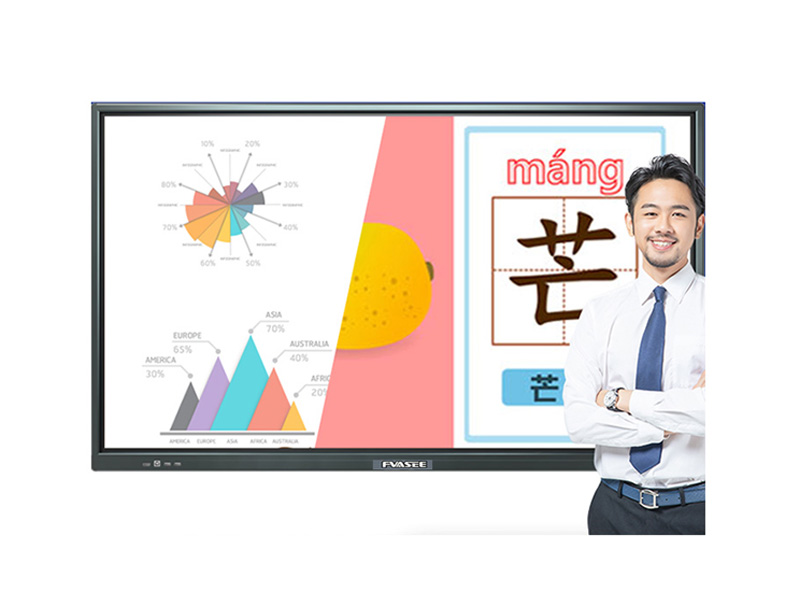
The IWB is an electronic whiteboard operated via touch-sensitive surface. Interactive whiteboards are a combination of blackboard, computer, overhead projector, CD player, video player or flip chart and therefore allow the usage of all kinds of media in just one device. Next to integrating several media in one device, the feature of interacting with the IWB is supposed to be one of its major benefits for using it. The IWB allows teachers to integrate games and quizzes easily. Depending on the teacher’s way to incorporate the IWB in the lesson, students can for instance touch, draw out or move items on the whiteboard, play learning games or present their own work in front of class, thereby taking a more active part in the learning process. As a consequence, the use of the IWB is seen as a method to engage students in the learning process, resulting in improved learning success and motivation.
Concerning the empirical evidence, we will refrain in the following from describing the studies that contribute to the current state of research in detail, since these studies are already summarized and discussed in a recent meta-analysis as well as in a critical review. Based upon these latter two research overviews, we will provide the gist of the current state of research. A recent meta-analysis by Shi et al., showed that using the IWB for teaching (compared to not using the IWB) has a positive impact on learning success that was not yet included in the meta-analysis showed a positive effect of IWB lessons. Though, the empirical evidence is not that straightforward for at least two reasons: First, the current research situation with respect to the impact of the IWB on learning is still rather sparse, with only a few published (quasi)-experimental studies in this research field. Second, several studies exist that do not show a beneficial effect on learning success. This calls for further studies that aim at being able to paint a more accurate picture if, when, for whom and how learning with the IWB may be beneficial in the classroom.
One factor, that can at least partly resolve when learning with the IWB is beneficial, is the way the IWB is used in classroom settings. The IWB does not seem to be very effective when it is solely used as a presentation medium the teacher uses to present all information that students passively receive. However, the IWB is beneficial when interactive features of the IWB are used so that students are actively engaged in learning.
Next to positive effects on learning success, it is also often advocated that lessons with IWBs have a positive effect on students’ motivation. A larger body of studies that used interviews or focus groups as well as several surveys research support this. Evidence from experimental studies that used a control group design is, once again, rather sparse. Torff and Tirotta investigated over 700 elementary students in mathematics. The authors found a positive effect on motivation. On the other hand, this observed effect was rather small – which also calls for further experimental studies concerning the impact of IWBs on motivation. Thereby, one can also examine whether the (supposed) increase in motivation is responsible for the (supposed) increase in learning success.
Summing up, even though the body of research needs to be substantiated, it is fair to state that IWB’s possess high potential to motivate and engage students in learning. This potential might specifically unfold when the interactive features of the whiteboard are used. However, what is rather neglected so far is which students may especially benefit from learning in lessons with the IWB. The current study examined whether students’ foreign language classroom anxiety may moderate the effectiveness of learning with the IWB.



